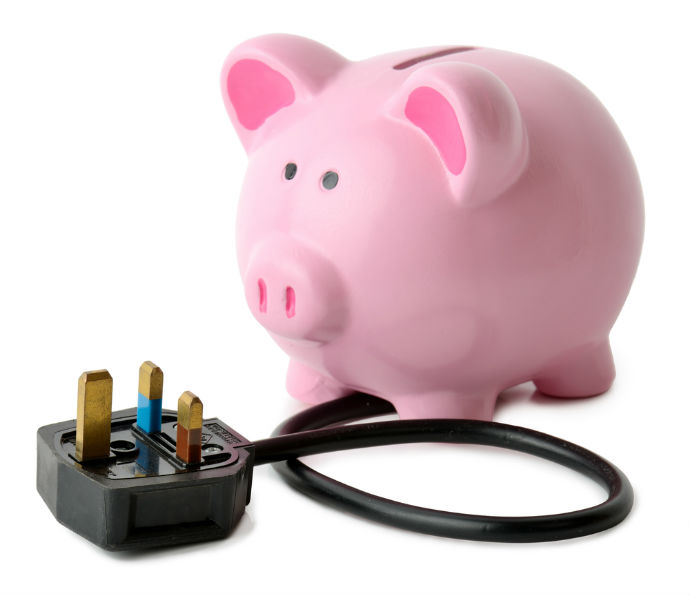Energy Rebates and Incentives for Single-Family Housing Pay Off

Finding energy rebates and incentives may be akin to herding cats. If corralling these little critters that hold the key to lower utility costs and energy conservation were so easy, you can bet that everybody would be tending to them.
Finding a way for someone else to help pay for energy retrofits and upgrades can come down to a well-connected contractor or some office-floor CSI-style investigation.
Energy rebates and incentives can be found through municipalities and utility companies and via online searches in some cases. Others require a little more digging and often personal outreach.
Finding Federal and State Energy Rebates & Incentives
One online source is www.dsireusa.org. DSIRE, which was established in 1995, is a comprehensive listing of information on state and federal incentives and policies that support renewables and energy efficiency in the United States. The website is operated and funded by the N.C. Solar Center at N.C. State University and the U.S. Department of Energy (DOE).
Visually, users can select a state for incentives, rules, regulations and policies that apply to residential – as well as multifamily and commercial – sectors. The search can be boiled down to specific types of utilities and energy classes. If you oversee properties nationwide, go directly to the U.S. Department of Energy (USDOE) site and you will immediately see links to programs available nationwide.
Financial Incentives include tax credits, grants, loans, rebates, performance-based incentives, green building incentives and many other types of opportunities for upgrades to be made with little out-pocket-expense to qualifying property owners.
In Arizona, for example, a residential utility rebate program offers rebates up to 75 percent of the cost of insulation, duct repair and air sealing. The same program also offers money back on pool pumps, heat pumps and air-conditioning units and even refrigerator recycling.
The site is a bit of sustainability nirvana for those serious about getting help lowering energy and water costs. Also, DSIRE offers a number of additional resources, including the low-down on state renewables portfolio standards. State requirements are defined by year and resource class and include other key information like eligibility of new and/or existing facilities. You can also find the state’s electric load covered by the policy.
And it just might be getting better. The USDOE and N.C. State are updating DSIRE to expand data accessibility and include new tools to make the search even better. Work is expected to be complete by the summer of 2014.
Enlist the Help of Contractors to Find the Right Energy Rebate Programs
Dan Gaddis, Director of Sustainability and Energy Management for RealPage, Inc., says opportunities await just by doing a little research.
At March’s Crittenden Multifamily Conference in Dallas, Gaddis reminded attendees at a sustainability session that buildings consume 40 percent of the nation’s total energy use. He also referenced an American Waterworks Association report that says that restoring existing water systems as they reach the end of their useful lives and expanding them to serve a growing population will cost at least $1 trillion over the next 25 years.
“It’s going to get more and more expensive as we go on,” Gaddis said.
Navigating DSIRE can be a little tricky and may require some phone calls to verify if the rebate program or information is the right fit, Gaddis says. He suggests consulting with local vendors to help find the best incentives and deals.
“You can take it a step further and invite a specific project vendor out to perform a free assessment and let them seek out the incentive to make their project more appealing to you,” Gaddis said.
Take the Initiative to Find Other Energy Incentive Programs
While online sources provide a wealth of information, there are additional opportunities just by asking around. DSIRE only provides information on approximately 250 local incentives and policies established by local governments that are “especially innovative” and to municipalities and counties with the largest populations. Because there are thousands of local governments in the country that may offer their own incentives and policies, the playing field is potentially much larger.
Uncovering those other opportunities may come down to making a few phone calls or quizzing a colleague or new acquaintance over lunch or drinks.
Also, relying on a contractor’s experience with rebates and incentives is another way. Those who do the work are usually dialed in to what state and local governments have available to save money on everything from toilets to hot water heaters.
“Whether by smart investment, there is a large opportunity for us all,” Gaddis says. “There’s a lot of money out there to be saved.”
(Image source: Shutterstock)







